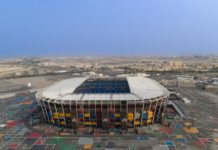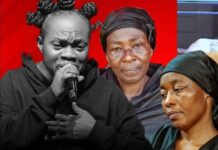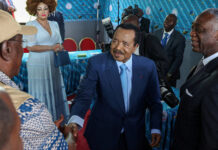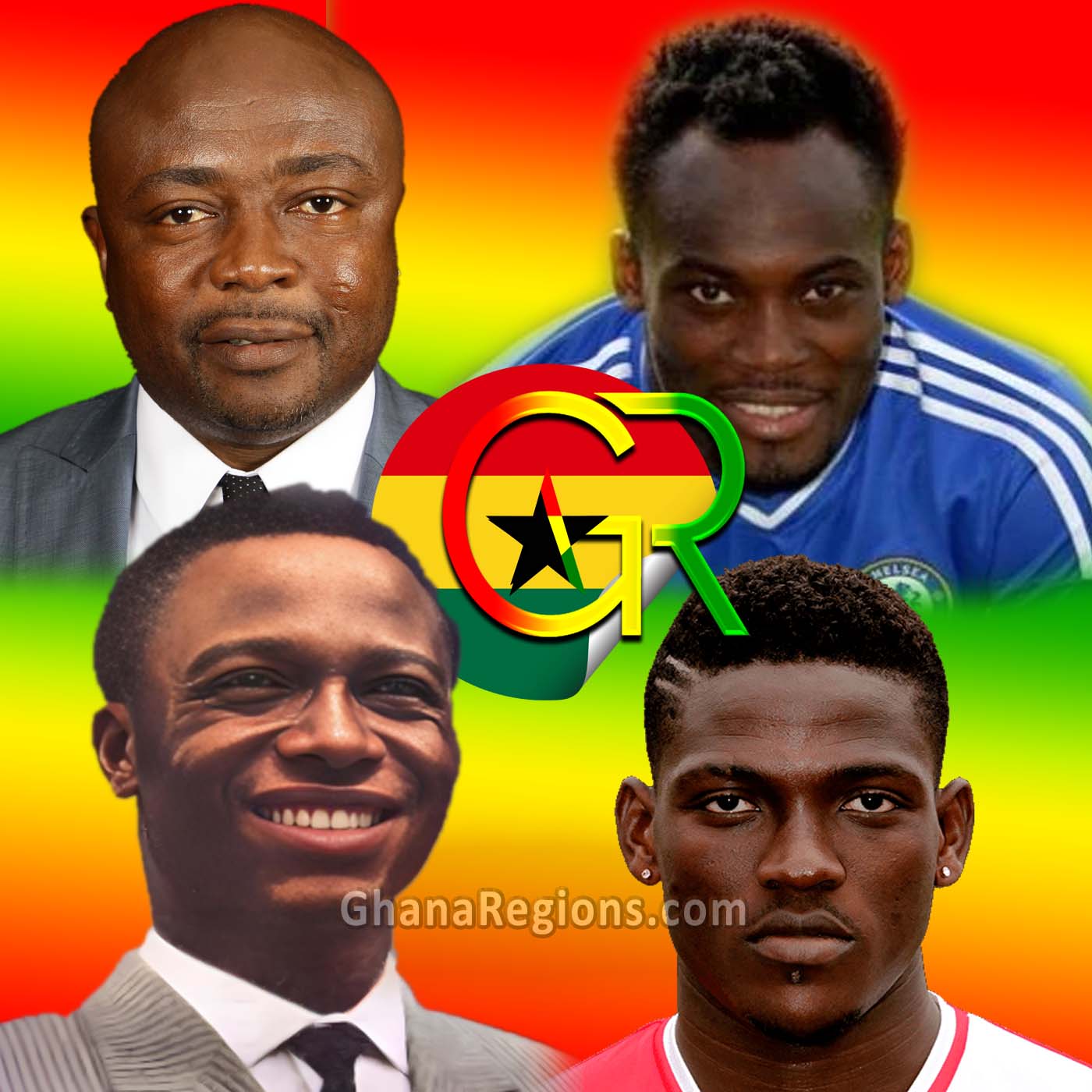
Ghana, a powerhouse in African football, has produced a pantheon of stars who have illuminated the sport at club and national levels. While many fulfilled their promise, others saw their careers tragically curtailed by injury.
In this article, GhanaRegions.com team will delve into the lives and careers of four of Ghana’s brightest footballing talents whose trajectories were dramatically altered—if not ended—by serious injuries: Baba Yara, Michael Essien, Abedi Ayew Pelé (partial consideration), and Daniel Opare.
1. Baba Yara: The Tragic Pioneer
Position: Winger
Clubs: Kumasi Asante Kotoko, Ghana national team
Active Years: 1955–1963
Career Overview
Baba Yara is considered one of the greatest footballers in Ghana’s history. Born in 1936, he began as a horse jockey before shifting to football. He quickly rose through the ranks, dazzling fans with his speed, vision, and technique on the flanks.
Yara was a central figure in the early dominance of Kumasi Asante Kotoko and played a vital role in Ghana’s national team during the formative years of the Black Stars.
He earned the nickname “King of Wingers”, helping Ghana win multiple international friendlies and regional tournaments. His performances at the 1960 Olympic Games in Rome brought him continental fame.
The Injury
Yara’s career came to a devastating halt in March 1963 when he was involved in a car accident while traveling with Kotoko for a league match. The crash left him paralyzed from the waist down.
Despite efforts to treat him—including being flown to England for medical care—he never walked again. He died in 1969 at just 33 years old.
Legacy
Kumasi’s main stadium, the Baba Yara Sports Stadium, is named in his honor.
He is remembered as the first great Ghanaian footballer whose brilliance was cut short just as Ghana was rising as a force in global football.
2. Michael Essien: The Powerhouse Who Lost His Prime
Position: Central Midfielder
Clubs: Bastia, Lyon, Chelsea, Real Madrid (loan), AC Milan, Panathinaikos, others
Active Years: 1999–2020
Career Overview
Michael Essien, affectionately known as “The Bison”, was one of the most complete midfielders of his generation. He rose to prominence at Lyon, earning a big-money move to Chelsea in 2005, where he became a key player under José Mourinho.
He was known for his:
- Tenacious tackling
- Engine and stamina
- Long-range goals (notably against Arsenal and Barcelona)
- Versatility across midfield and defense
Essien was also a vital cog in Ghana’s national team, helping the Black Stars qualify for their first World Cup in 2006.
The Injuries
Essien’s downfall began with a cruciate ligament injury while on international duty in September 2008. After recovering, he suffered another serious knee injury in 2010, causing him to miss Ghana’s historic run to the quarterfinals in the 2010 World Cup.
Between 2008 and 2012, he had at least three major knee surgeries, each robbing him of pace, confidence, and stamina. He was never quite the same after returning.
Impact on Career
From being one of Chelsea’s key players, he became a rotational figure.
His move to Real Madrid in 2012 (on loan) was partly Mourinho’s effort to revive his career, but he never recaptured his former dominance.
Essien’s last major tournament for Ghana was AFCON 2015, but by then he was already on the periphery.
Legacy
Despite the injuries, Essien remains a legend in both Ghana and Chelsea lore. However, there is a consensus that injuries robbed him of five peak years, potentially costing him a Ballon d’Or nomination and a longer elite-level career.
3. Daniel Opare: The Wonderkid Who Never Bloomed
Position: Right-back
Clubs: Real Madrid Castilla, Standard Liège, FC Porto, Augsburg, Lens
Active Years: 2007–present (as of 2024, semi-active)
Career Overview
Daniel Opare made headlines after an outstanding performance at the 2007 FIFA U-17 World Cup, where he was rated by World Soccer magazine as one of the tournament’s breakout stars. Known for his speed, pinpoint crossing, and stamina, Opare was compared to Brazil’s Dani Alves in terms of potential.
His performances earned him a move to Real Madrid Castilla at just 17.
Injury Struggles
Opare’s promising trajectory was disrupted by recurring muscular and ankle injuries, particularly during his time in Portugal and Germany. These injuries stunted his development during the crucial years of transition into senior football.
While he managed to resurrect his career at Augsburg and made Ghana’s squad for the 2014 FIFA World Cup, he never quite matched his early potential.
Legacy
A cautionary tale of how early talent and potential can be thwarted by physical setbacks.
Despite continuing to play professionally, Opare never became the world-class defender many predicted.
4. Abedi Ayew Pelé: The One Who Escaped—but Just Barely
Position: Attacking Midfielder / Winger
Clubs: Marseille, Lille, Lyon, Torino, Al Ain
Active Years: 1980s–2000
Why Include Abedi?
Though Abedi Pele had a long and decorated career, including:
- Winning the 1993 UEFA Champions League with Marseille
- Captaining Ghana
- Three-time African Footballer of the Year
He was plagued by persistent hamstring and groin injuries, especially in the early and mid-1990s. These injuries kept him out of the 1992 AFCON final, where Ghana lost on penalties to Ivory Coast.
He missed other tournaments and matches that could have elevated his profile even more globally.
What Was Lost
Speculation exists that without injuries, he could have had a longer career at the top level in Europe.
Abedi was already a global star, but his potential to win individual accolades (e.g., FIFA World Player of the Year shortlist) may have been hampered.
Finally, the history of Ghanaian football is as much about triumph as it is about tragedy. Baba Yara’s life-changing crash, Michael Essien’s cruel knee injuries, Daniel Opare’s derailed promise, and Abedi Pele’s missed moments all serve as reminders of football’s fragility.
Each of these men had the talent to reach even greater heights—but fate, in the form of injury, intervened. Their stories are not just cautionary tales but also tributes to resilience, sacrifice, and the often-overlooked physical toll of elite sport.



















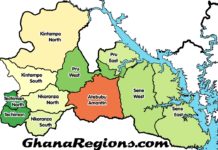



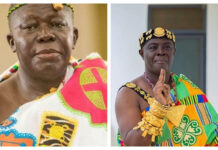








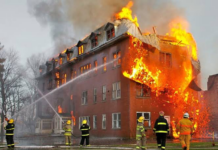


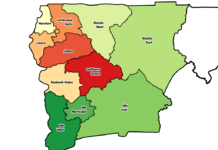
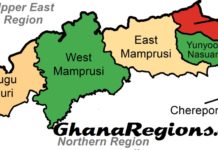

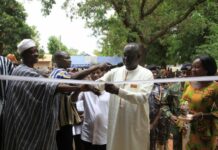






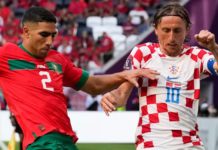



![Morocco knock out Spain on 3-0 penalties to reach FIFA World Cup 2022 quarter-final, Morocco vs Spain (0-0) (3-0) [Video]. Morocco knock out Spain on 3-0 penalties](https://ghanaregions.com/wp-content/uploads/2022/12/Watch-Morocco-vs-Spain-0-0-and-3-0-penalties-218x150.jpg)





